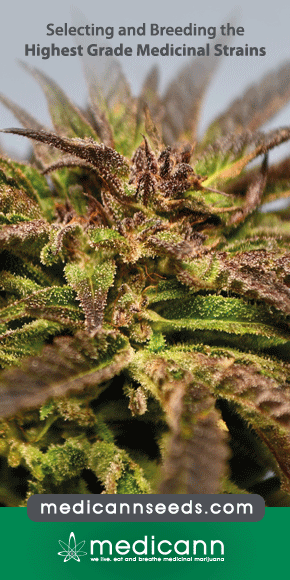Cannabis, pain, and sleep: lessons from therapeutic clinical trials of Sativex, a cannabis-based medicine
Cannabis sativa L. has been utilized for treatment of pain and sleep disorders since ancient times. This review examines modern studies on effects of Delta9-tetrahydrocannabinol (THC) and cannabidiol (CBD) on sleep. It goes on to report new information on the effects on sleep in the context of medical treatment of neuropathic pain and symptoms of multiple sclerosis, employing standardized oromucosal cannabis-based medicines containing primarily THC, CBD, or a 1 : 1 combination of the two (Sativex).


